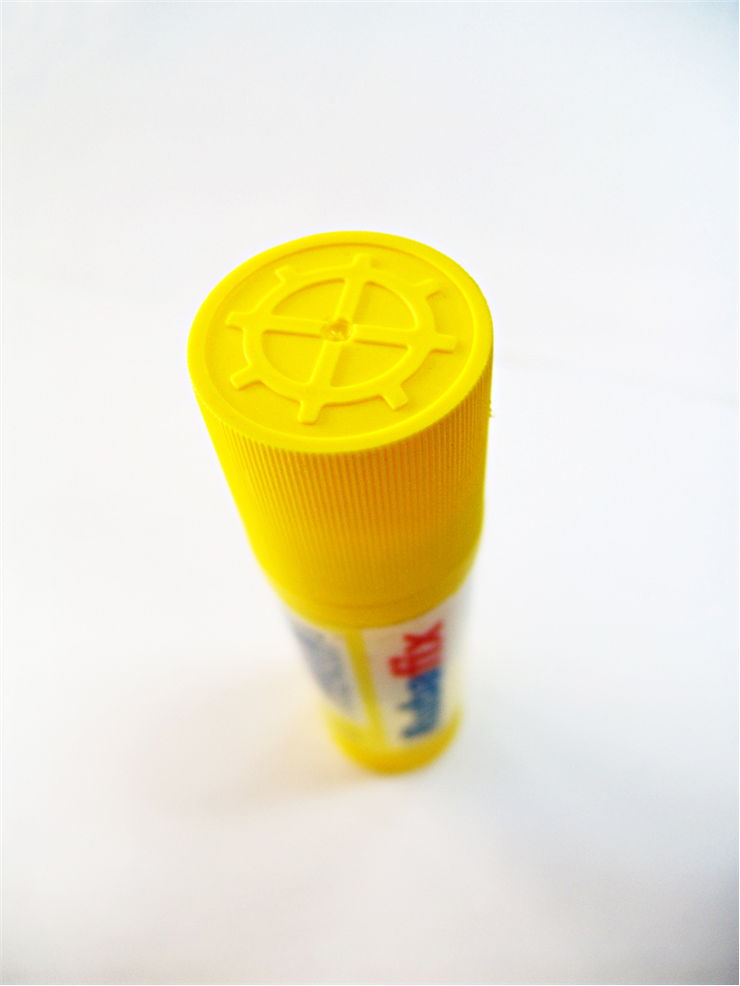Interesting Facts about Glue
- Earliest known example of humanity using natural glues comes from 200,000 years ago. Our ancestor in old Italy used birch-bark-tar to bind stones together.
- Today, industry of adhesives moves more than 11 billion dollars just in United States.
- Prehistoric hunters used natural glue to bind stone arrowheads or axe stones to wood.
- One square inch of super glue can hold around one ton.
- Adhesives can be separated into several groups – adhesives by origin (natural of synthetic), and adhesives by types of reactiveness (drying, pressure sensitive, contact, hot…).
- First written record of glue comes from the Ancient Egypt. One of the earliest examples are hieroglyphs that shown casket of Pharaoh Tutankhamun that was glued together with compound made from animals.
- Glue was very commonly used in Europe during Ancient Rome, medieval times and Renaissance.
- First commercial glue plant was established in 1690 in Holland.
- Glues ere so effective because they come in contact with surfaces while they are in liquid form. This enables them to fill up even microscopic spores, and then harden to a strong solid state.
- First British glue patent was granted in 1750, and US patent in 1876.
- Economists are forecasting that adhesive industry will reach yearly turnover of almost $50 billion around 2020.
- Glues are compounds that are part of Adhesive family. Glues have natural origin, while adhesives are synthetic.
- Adhesives based on natural rubber helped inventors to create mixture that creates one of the most important inventions of modern time – car tire.
- Superglue works little better if surfaces that it touches have little amount of water on them.
- Most popular modern example of rubber-based glue is Rubber Cement.
- The most eventful time in glue history happened in 1st half of 20th century. During that time many scientists and chemist invented new forms of synthetic adhesives with countless properties.
- One of the most important moments in history of glue happened in 1942 when American inventor Harry Coover managed to accidentally create substance cyanoacrylate, which is today widely known as superglue. He released it for commercial use in 1958.
- Superglue has countless use cases, from binding surfaces that are placed underwater, forensics (lifting fingerprints from surfaces), woodworking, cosmetics, and even medicine (a variation of superglue was used in Vietnam war as a tool for closing open wounds).
- Some estimates show that each year 18.2 kg of glue is used for every person in America.
- Five basic types of glues are solvent glues, water-based glues, two-part glues, animal glues and Cyanoacrylate glues (super glues).
